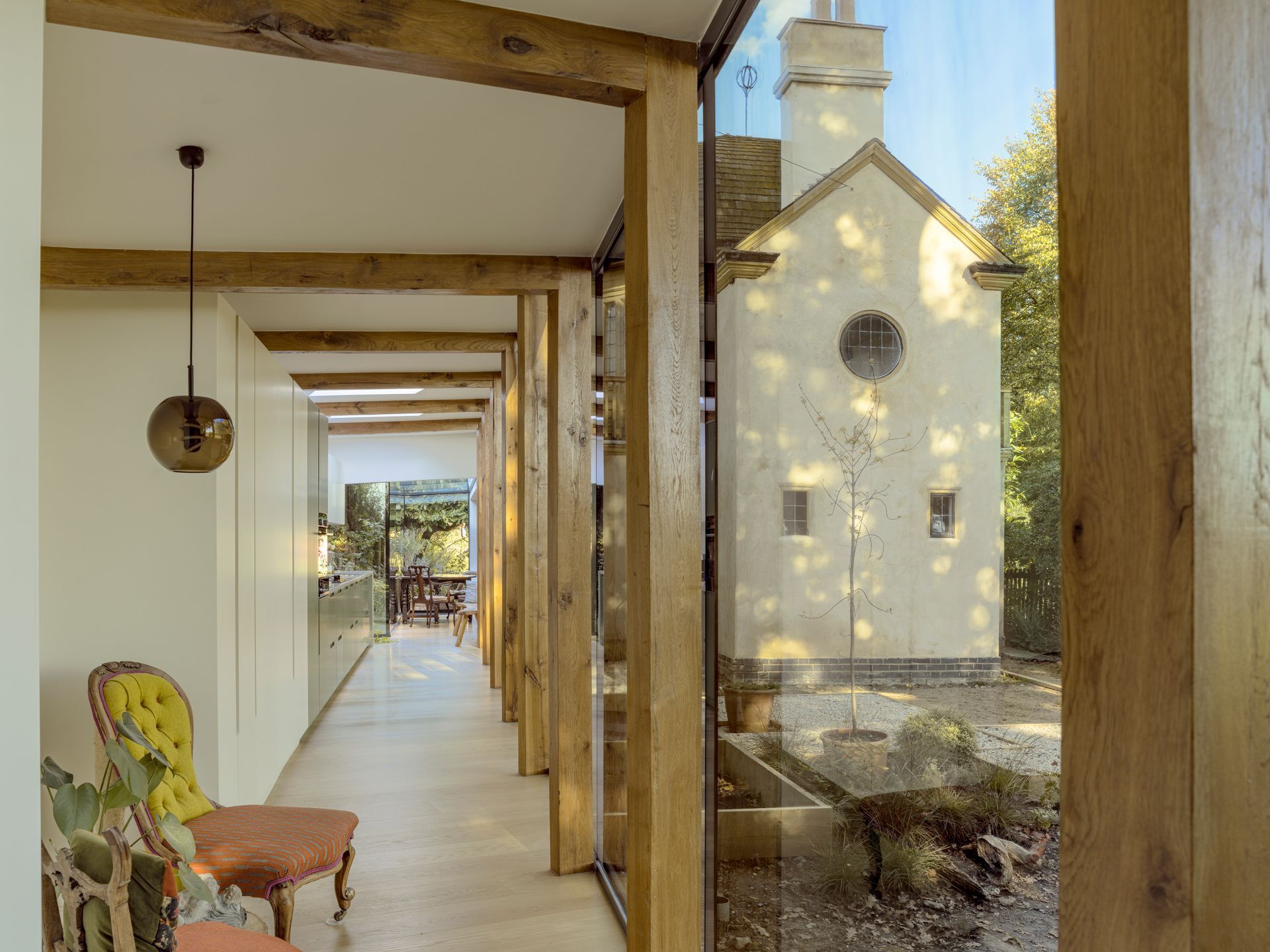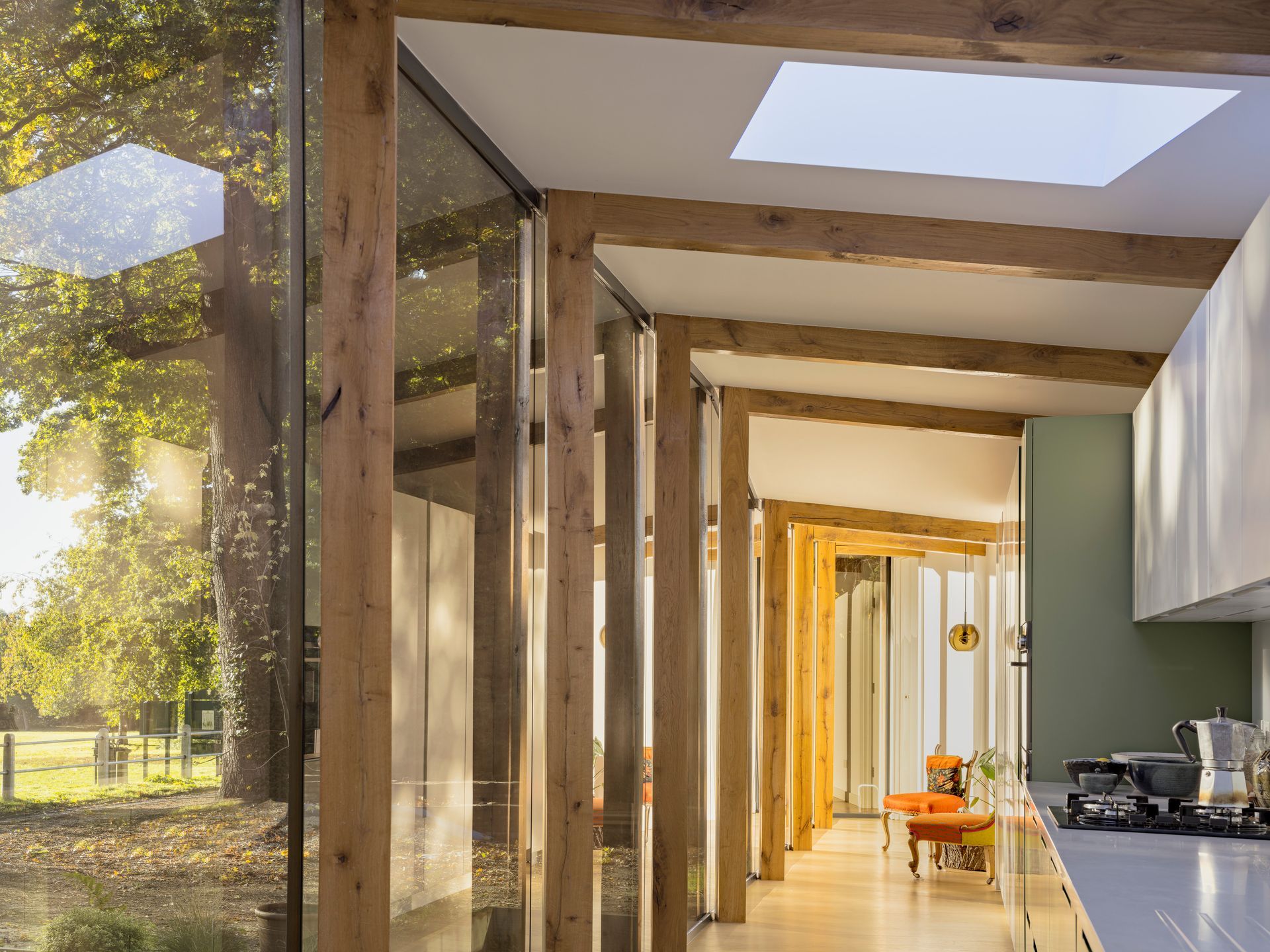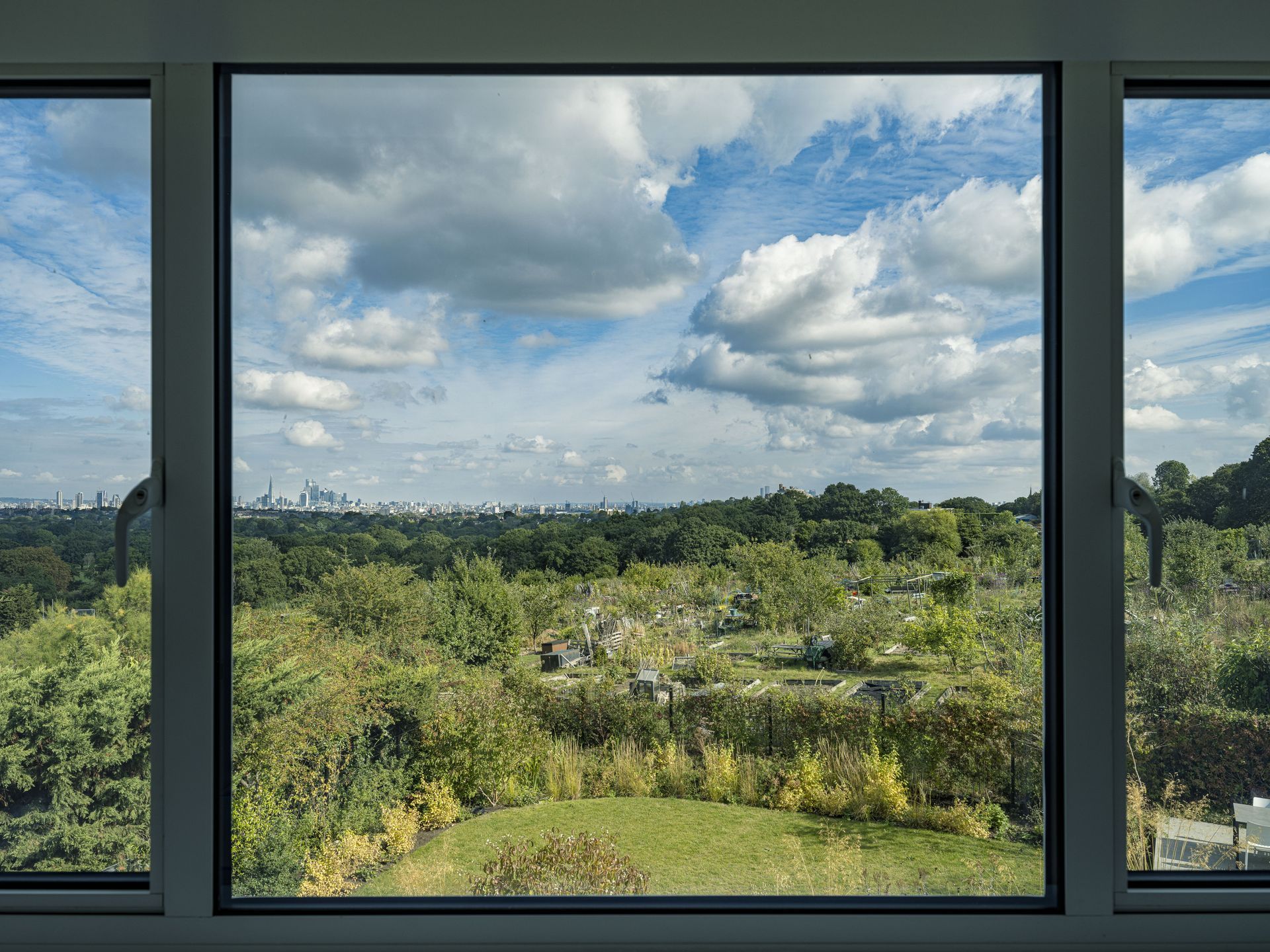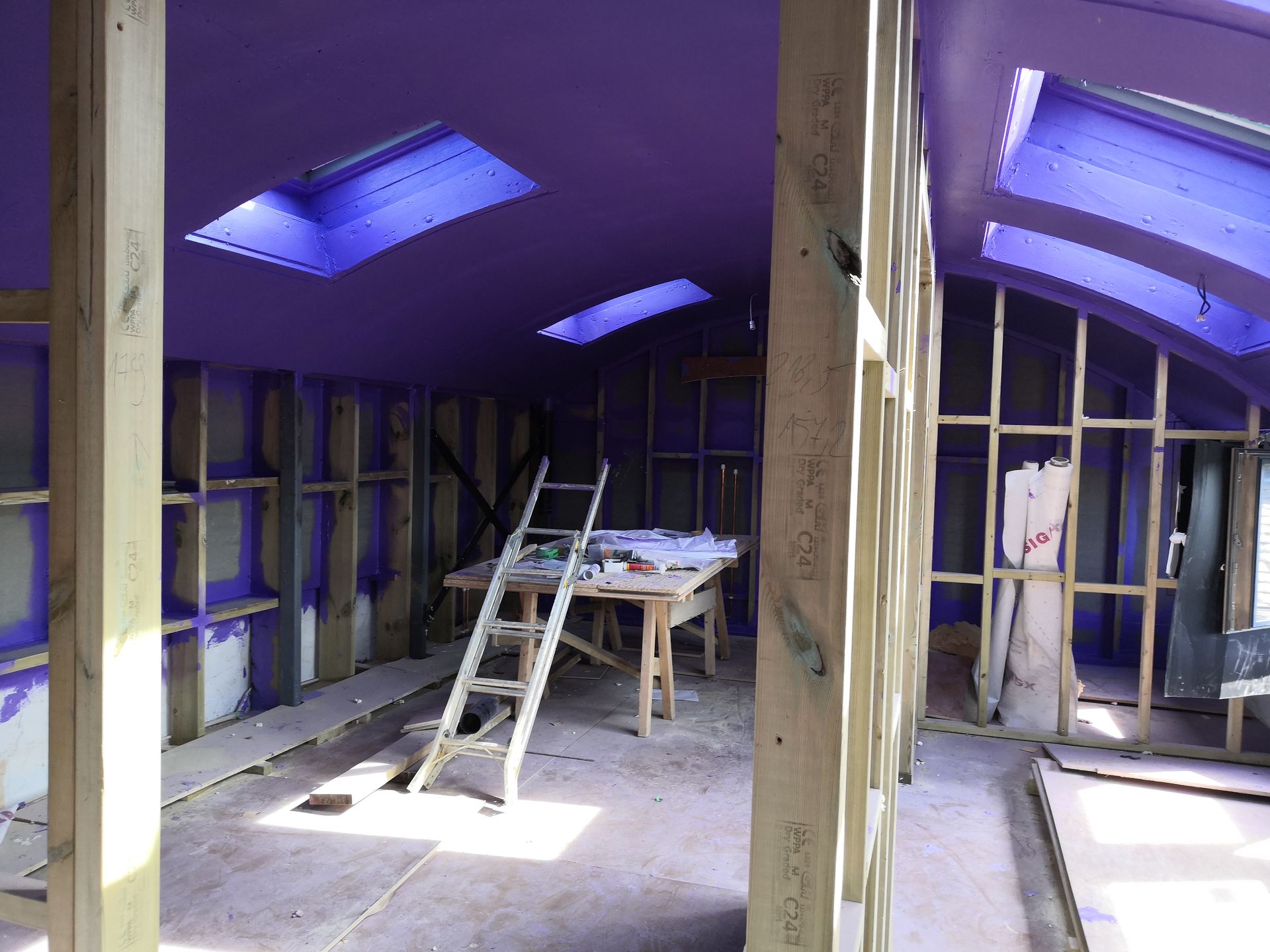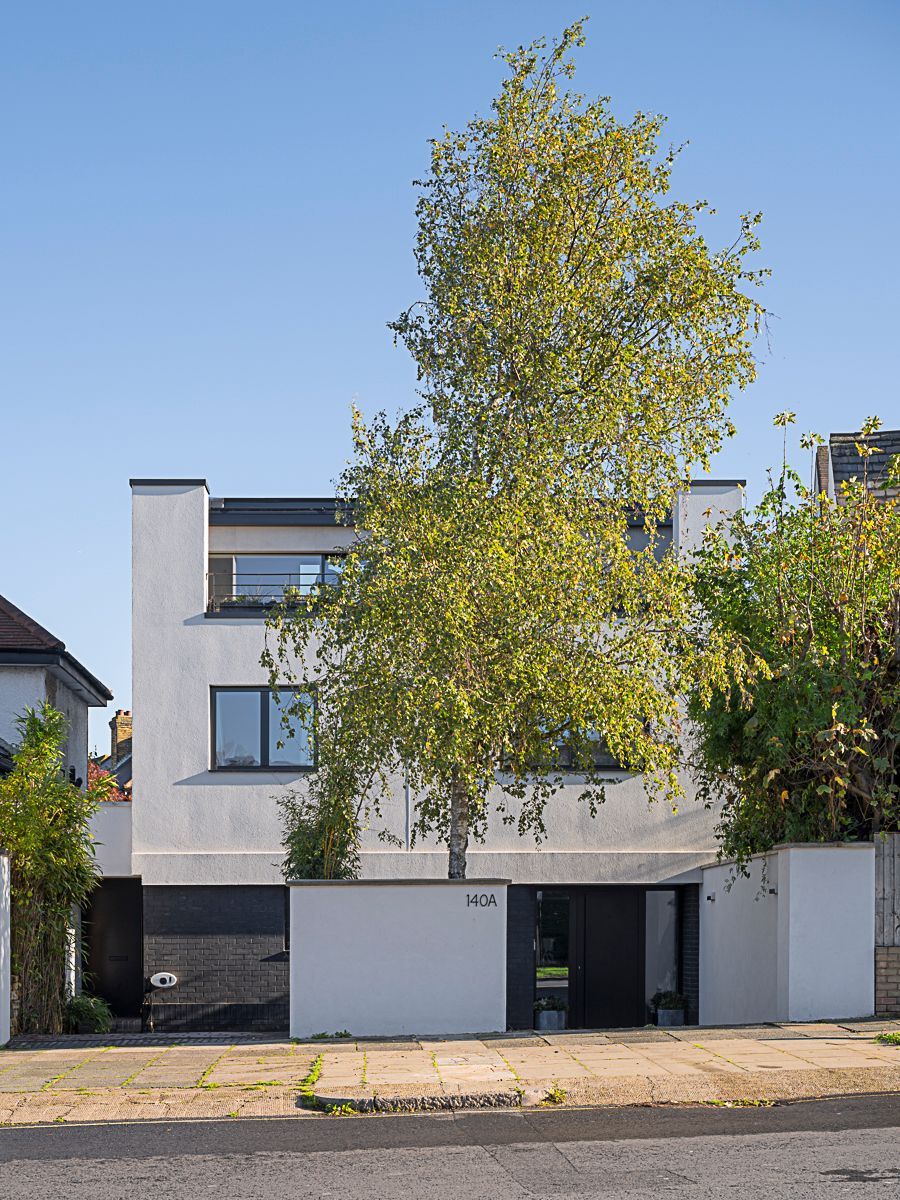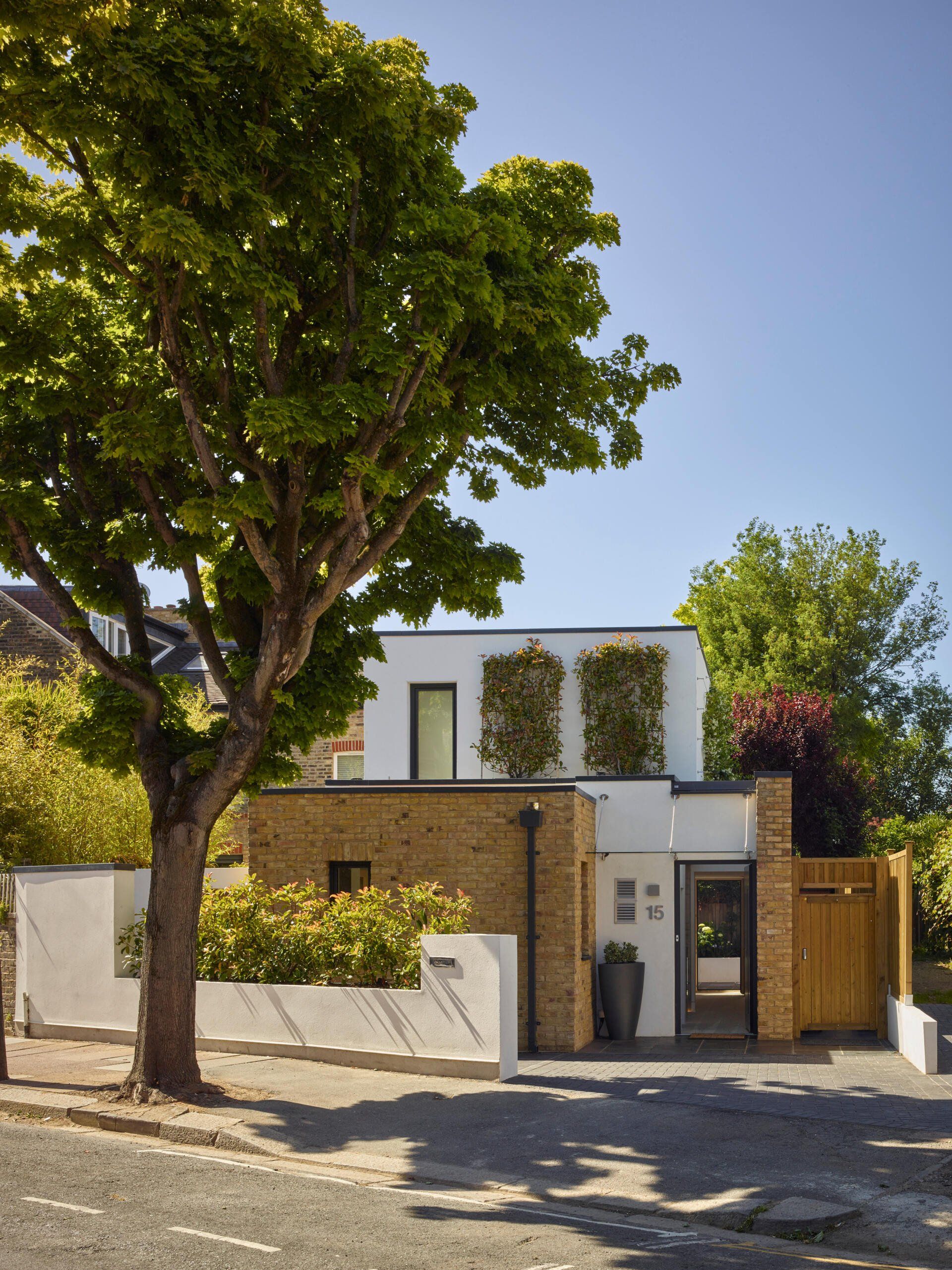We are thrilled to announce that Anna Scibior has recently completed her training and examination to become a fully qualified Passivhaus Designer.
Having joined RDA as an Architectural Assistant in 2016, Anna has worked incredibly hard to refine her skills and become one of the most experienced and knowledgeable members of our team when it comes to sustainable design.
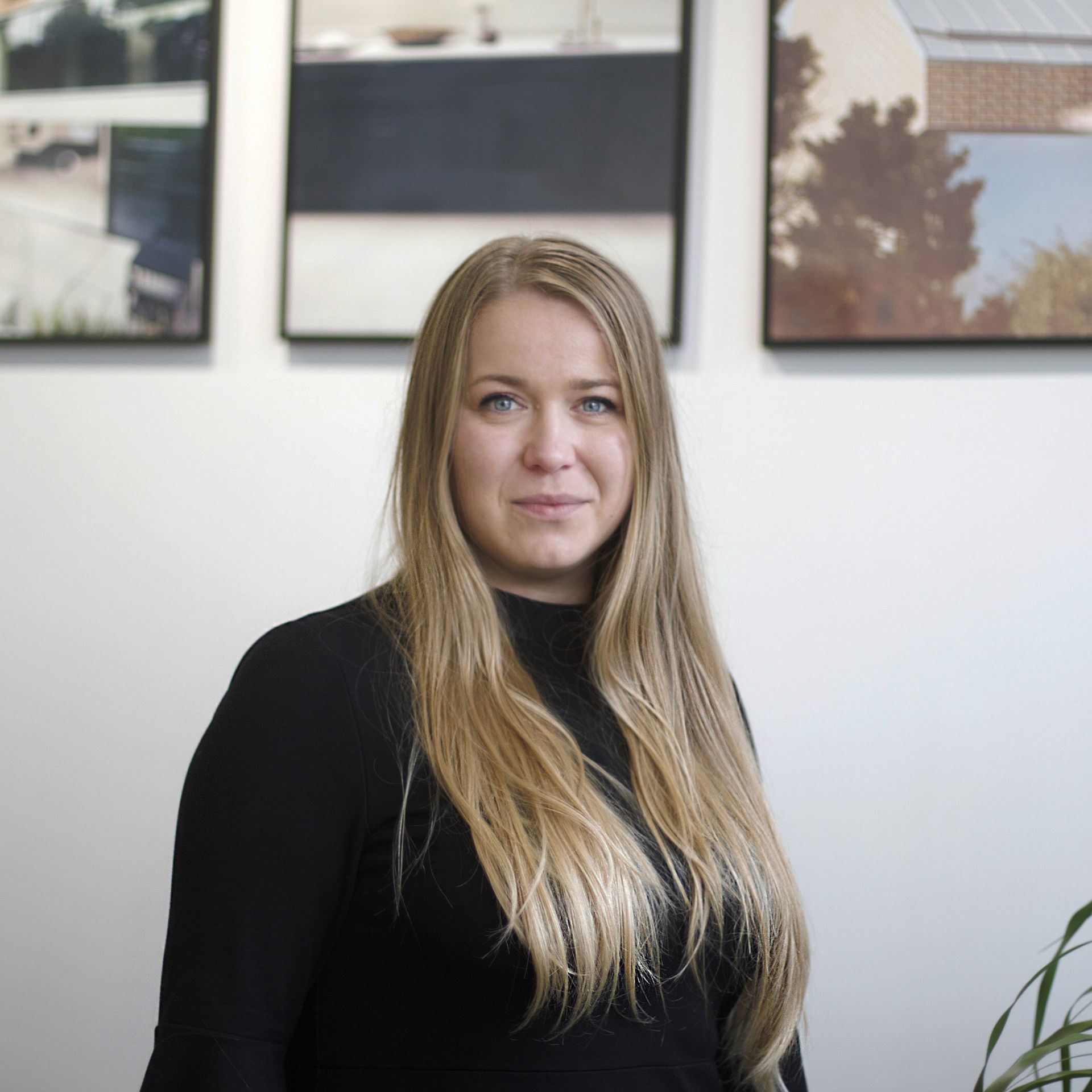
This course teaches the core concepts behind the Passivhaus standard, considerations and methodologies for its implementation and the use of the Passivhaus Planning Package (PHPP) for achieving low energy performance.
Which in turn insures that every Passivhaus, Enerphit or low-energy home we design is rooted in proven methodology and assured in its success.
‘Although the course and examination were challenging, it was incredibly worth it to gain the knowledge and experience necessary to continue building the very best in passive design at RDA.
This practice is known for its proficiency in passive design, which is why I joined eight years ago. So, becoming a certified Passivhaus designer is a true career highlight and something I am grateful for RDA for supporting me through.’
Anna Scibior, April 2024

